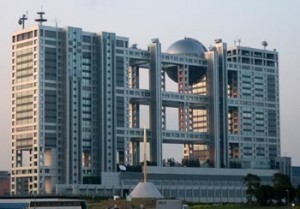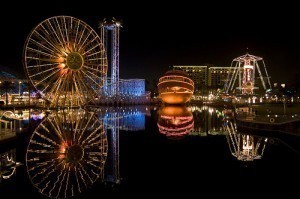Biggest Planetarium
The world’s largest planetarium is the Science Center of Nagoya Japan Planetarium. Scheduled for opening in March 2011, it will have seating space for 400 individuals and have a diameter of 35 meters. It has close up views of the Solar System planets. The 12 Zodiac constellations can also be seen.
Overview of a Planetarium
It is a facility with a specially designed theater. There it holds representations of the universe, the Solar System and galaxies. Any or all of these are projected. A specialized projector or hemispheric screen will be utilized.
Using these devices, it will be possible for people to view the evening skies. Not all of these facilities come close to the size of the world’s largest planetarium. Some of them are quite small.
Origin
Its origins go back a long, long time. The term was used to denote a model of several celestial bodies called ornery. Various techniques were utilized to produce representations of the planets. These were used as much for study as for education. But historians usually credit the Zeiss firm for inventing the contemporary planetarium during the 1920s.
It was the Zeiss firm that created the projector technology required for projecting on a half-dome. Throughout the 1960s, it would become one of the leading makers of planetarium components.
Features
Many people use the term to denote specifically the projection component used in the facility. This component enables it to project pictures clearly along the whole dome. Modern planetariums also have animation built in.
These contemporary facilities make use of lasers to keep the display clean. Lasers are also utilized to pinpoint specific areas on the display.
The seating in most of these places are reclined. This enables individuals to see the displays without having to contort their bodies. The presentations may be concise or lengthy. Some will have only narration. Others will include special effects. One of the most common applications is to help people understand the constellations.
Aside from the main theater, these facilities also often have space and science related exhibitions for their audience. These may consist of physical demonstrations, informational displays, study charts and examine planet models. Many of the sites also offer guides.
It is worth pointing out that there are many challengers to the title of the world’s largest planetarium. Many planetariums are now being built, but it is unclear if any will be able to surpass the one in Japan.





